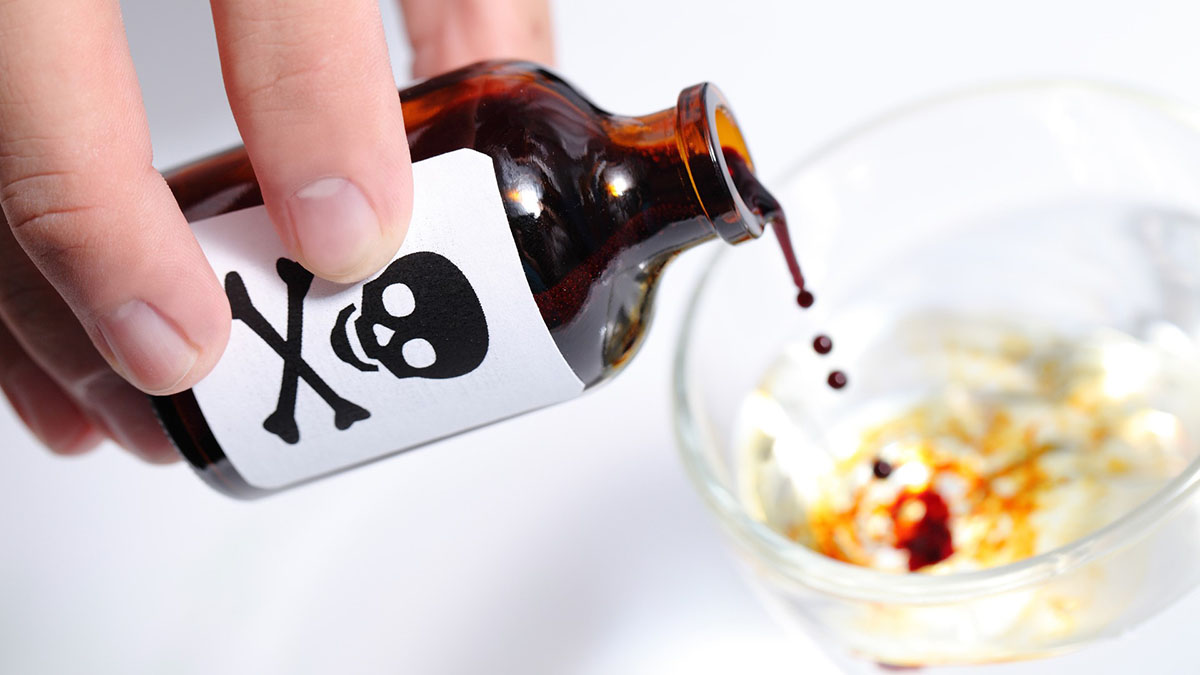did ancient californians accidentally poison themselves with their tupperware?

Mark Twain once remarked that while history doesn’t repeat itself, it does rhyme. Consider that after developing modern plastics we often use for food storage we found out that we’re allowing chemicals which can severely affect sperm production to leach into our food and water, slowly sterilizing men over the course of generations. And there’s no shortage of people who believe that everything we can do our ancestors did better pointing to factoids like this to tell us how our wise predecessors would’ve never allowed toxic chemicals in their bodies, and how this proves that modern life is evil and dangerous. But what if some of our ancestors had a similar problem?
If you drive up the coast of Southern California on a clear day and head past the exurbs of L.A., following the highway around the town of Ventura, you’ll see the outlines of the Channel Islands. Today, they’re a national park, but over the last 13,000 years, they’ve been home to a group of native people known as the Chumash. They generally thrived on both the islands and an area which is now Santa Barbara and a patchwork of vineyards in the mountains, but around 5,000 years ago, the inhabitants of the islands saw their health precipitously decline according to their skeletal remains.
But a group of researchers thought it may be something they started eating, or rather, in what they put their meals. That something is bottles and plates made of bitumen, basically natural asphalt, globs of which constantly wash up on the Channel Islands. The Chumash would heat it and shape the viscous tar into bowls and water bottles they would use on a regular basis. So, the researchers asked, could it be that just like phthalates are making their way into our bodies, the toxic chemicals in bitumen leached into the Chumash islanders, causing stunted growth, weak teeth, and a host of other ailments we see in the archeological record?
Unfortunately, their answers were inconclusive. As they tried to make authentic replicas of the bottles and bows, then see how many toxic chemicals were released into the water and fat in olive oil, which served as a proxy for the seafood rich diet of the Chumash, the researchers found that while the process of making the containers was worse than smoking cigarettes, the water and olive oil, while contaminated, weren’t dangerous. The study also doubts that the islanders made bottles and bowls often enough to slowly poison themselves. Whatever hit them thousands of years ago probably wasn’t the bitumen, according to the evidence and data gathered by the study. That said, it may have still played some part in a bigger story.
One of the problems identified by this study, is the lack of research on how potentially toxic compounds in question, polycyclic aromatic hydrocarbons, or PAHs, are absorbed by bones rather than soft tissues. Since most research into toxicity and poisoning tends to focus on the living or the recently deceased, we don’t know how efficient bones are in soaking up relevant chemicals. If most of the damage was to the tissues and organs that decomposed away, leaving us with just the bone, we could be severely underestimating the damage done by housewares made of bitumen. But at least now we have additional questions to try and answer, and in the process, we’ll find out more about our history and how our bodies work.
See: Sholts, B., et. al., Ancient water bottle use and polycyclic aromatic hydrocarbon (PAH) exposure among California Indians: a prehistoric health risk assessment, Environmental Health (2017) 16:61 DOI: 10.1186/s12940-017-0261-1





